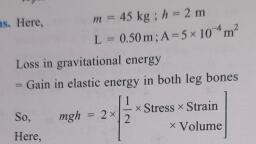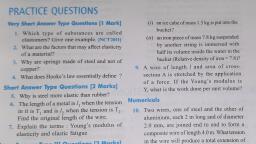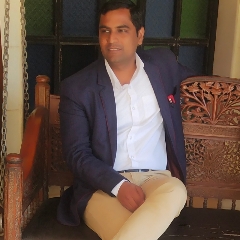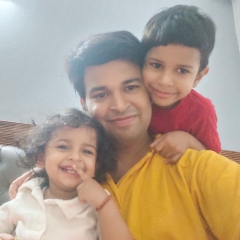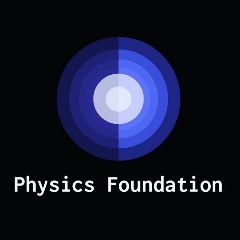Question 1 :
Assertion: A biconvex lens of focal length 10 cm is split into two equal parts by a plane parallel to its principle axis.The focal length of each part will be 20 cm.
Reason: Focal length depends on the radii of curvature of two surfaces.
Question 2 :
A luminous object is placed at a distance of 30 cm from the convex lens of focal length 20 cm. On the other side of the lens, at what distance from the lens a convex mirror of radius of curvature 10 cm be placed in order to have an upright image of the object coincident with it
Question 3 :
A plano convex lens is made of material having refractive index $1.5$. The radius of curvature of curved surface is $60$cm. The focal length of the lens is ___________cm.
Question 4 :
A convex lens is in contact with a concave lens. The magnitude of the ratio of their focal lengths is 2/3. Their equivalent focal length is 30 cm. What are their individual focal lengths?<br>
Question 5 :
A person cannot see distinctly objects kept beyond $2$ $m$. This defect can be corrected by using a lens of power:<br/>
Question 6 :
A glass dumbbell of length $30$ cm and $\mu=$ 1.5 hasends $3 cm$ radius of curvature. An object is situatedin air at a distance of $12 cm$ from the end ofdumb-bell along the axis. The position of imageformed due to refraction at one end only is<br>
Question 7 :
A person needs a lens of power -4.5 D for correction of her vision. What is the focal length of the corrective lens?<br/>
Question 8 :
A lens made of material of Refractive index $\mu _{ 2 }$ is surrounded by a medium of Refractive Index $\mu _{ 1 }$. The focal length f is related as  :
Question 9 :
The least distance of vision of a longsighted person is $60\ cm$. By using a spectacle lens, this distance is reduced to $12\ cm$. The power of the lens is
Question 10 :
An object is placed at 15 cm in front of convex lens of focal length 10 cm. Where shall we place a convex mirror of focal length 13 cm so that real image and object coincide? <br>
Question 11 :
A converging beam of rays is incident on a diverging lens. Having passed through the lens the rays intersect at a point 15 cm from the lens on the opposite side. If the lens is removed the point where the rays meet will move 5 cm closer to the lens. The focal length of the lens is :<br/>
Question 12 :
If the angle of incidence increases gradually then angle of refraction also_______. <br/>
Question 13 :
An electric bulb is hanging over a table at a height of 1m above it.The illuminance on the table directly below the bulb is 40 lux. the illuminance at a point on the table 1 m away from the first point will be about<br>
Question 14 :
A thin glass (refractive index 1.5) lens has optical power of -8 D in air. Its optical power in a liquid medium with refractive index 1.6 will be :
Question 15 :
A candle is placed $20\ cm$ from the surface of a convex mirror and a plane mirror is also placed so that the virtual images in the two mirrors coincide. If the plane mirror is $12\ cm$ away from the object, what is the focal length of the convex mirror?
Question 16 :
A bubble in glass slab $(\mu = 1.5)$ when viewedfrom one side appears at $5 \ cm$ and $2 \ cm$ fromother side, then thickness of slab is :
Question 17 :
Assertion: The focal length of a lens does not depend on the medium in which it is submerged.
Reason: $\dfrac {1}{f}=\dfrac {\mu_2-\mu_1}{\mu_1}\left (\dfrac {1}{R_1}-\dfrac {1}{R_2}\right )$
Question 18 :
The length of the compound microscope is $14cm$. The magnifying power for relaxed eye is $25$. If the focal length of eye lens is $5 cm$, then the object distance for objective lens will be
Question 19 :
The illumination produced by A is balanced by B on the screen when B is 60 cm apart from the screen. A smoked glass plate is placed in front of A and to balance the illumination B is to move 15cm further away. Find the transmission coefficient of the smoked glass
Question 20 :
A concave-convex glass (index $= 1.5)$ lens has radii of curvatures 60 cm and 40 cm respectively. Its convex surface is silvered and it is placed on a horizontal table with concave surface up. The concave is then filled with a liquid of index 2.0. The combination is like a<br/>







